It’s finally time to return to Hyrule, in our review of The Legend of Zelda: Tears of the Kingdom. Will it be a masterpiece?
More often than not whoever is writing to you has opened one of their own review with a feeling of unreality, but never as with The Legend of Zelda: Tears of the Kingdom it is also tangible to the reader. We certainly could not blame you if this were the case: of course, it is still one of the most prominent IPs ever born of the Big N but, while Mario has always proved to be very prolific, when the general public returns to play Link it’s always an event for the entire gaming community. Yes, in its entirety: fans rejoice at the possibility of a heralded masterpiece, and detractors enjoy belittling it.
In this pulling the water to their mill, despite the authentic plebiscite seen with the foreign trade press, there are those who spoke of an “Elden Ring lite”. Not detracting from the magnum opus of Hidetaka Miyazaki and George RR Martin, though, this comparison is simply laughable. The real question is: with the expectations set by the predecessor, Breath of the Wild, how can you announce a sequel simply calling it “the sequel to BOTW” at E3 2019? Revealing Banjo and Kazooie in Super Smash Bros. Ultimate would have been more than enough conclusion, but not for Nintendo. Years of astronomical hype would follow, with Eiji Aonuma’s team diving into the eye of the storm.
There is “when” and “when” – Review The Legend of Zelda: Tears of the Kingdom
We went from wondering when we would see the definitive title, after years of “Breath of the Wild 2”, to when we would know the release date, up to today, in the review phase, as we try to figure out “when” The Legend of Zelda: Tears of the Kingdom. There plot, avoiding vulgar spoilers on both the game and its predecessor, starts with Link and Zelda intent on exploring a mysterious dungeon. Once the ancient evil glimpsed in the very first teaser is awakened, Link finds himself full circle with clothes, equipment and abilities, lost on an island in the sky, with the princess lost somewhere.
The implications for the rest of the timeline are as nebulous as ever. The rich one lore of the series receives an important piece in the first minutes of the game, when Zelda defines the events of an ancient fresco as the “War of the Exile”. Since the dialogues in English speak instead of the War of the Imprisonment, it is natural to assume that the events in the distant past of Breath of the Wild are the backstory of A Link to The Past, despite the Pandora’s box that opens. Did the Zoras go back to being humanoids out of the blue? There’s no answer to these questions, but the endgame reveals are very juicy.
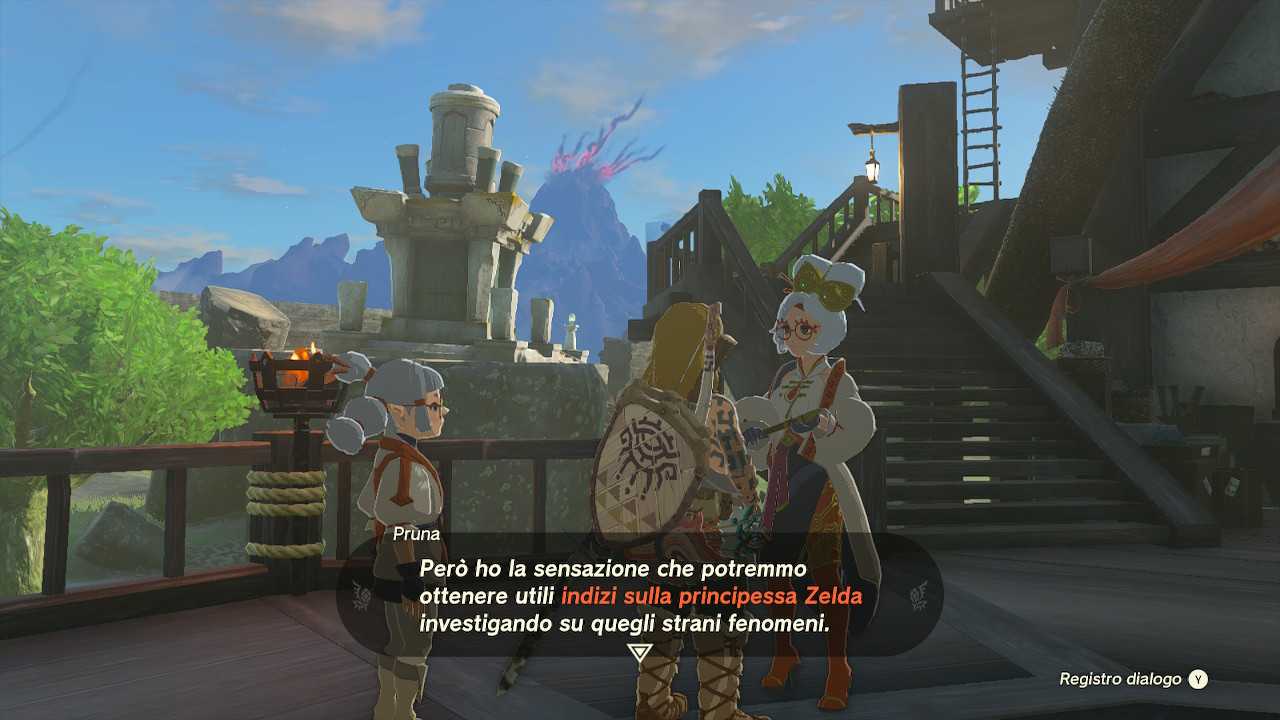
“However in a second everything can change / nothing stays as it is” – Review The Legend of Zelda: Tears of the Kingdom
Another criticism leveled by detractors towards the game is that of “full price DLC”. The differences between the current Hyrule map and that of its predecessor are a matter of discussion for the next paragraphs, but as regards the gameplay the basics (emphasis on “basics”) have remained the same. This means that, for example, the Link of the open world dilogy can fight in a similar way to the rest of the saga, however expanding his exploratory moveset also to the possibility of jumping and, stamina (“Force”) permitting, running and climbing. Naturally the climatic effects also return (one above all the rain that makes the walls slippery).
The Red Moon, then, in turn, peeps out every few days in-game to bring the monsters defeated by the player back to life, highlighting the gameplay loop defined by destructible weapons. Once again, therefore, you must always keep a few swords, clubs, halberds, spears or, in the worst cases, spare twigs in your arsenal. This could make the purists of the series turn up their noses, but if we can… break a spear for the game, the new skills available to the player make it possible to make the impact of such fragile offensive options less invasive. So all the same?
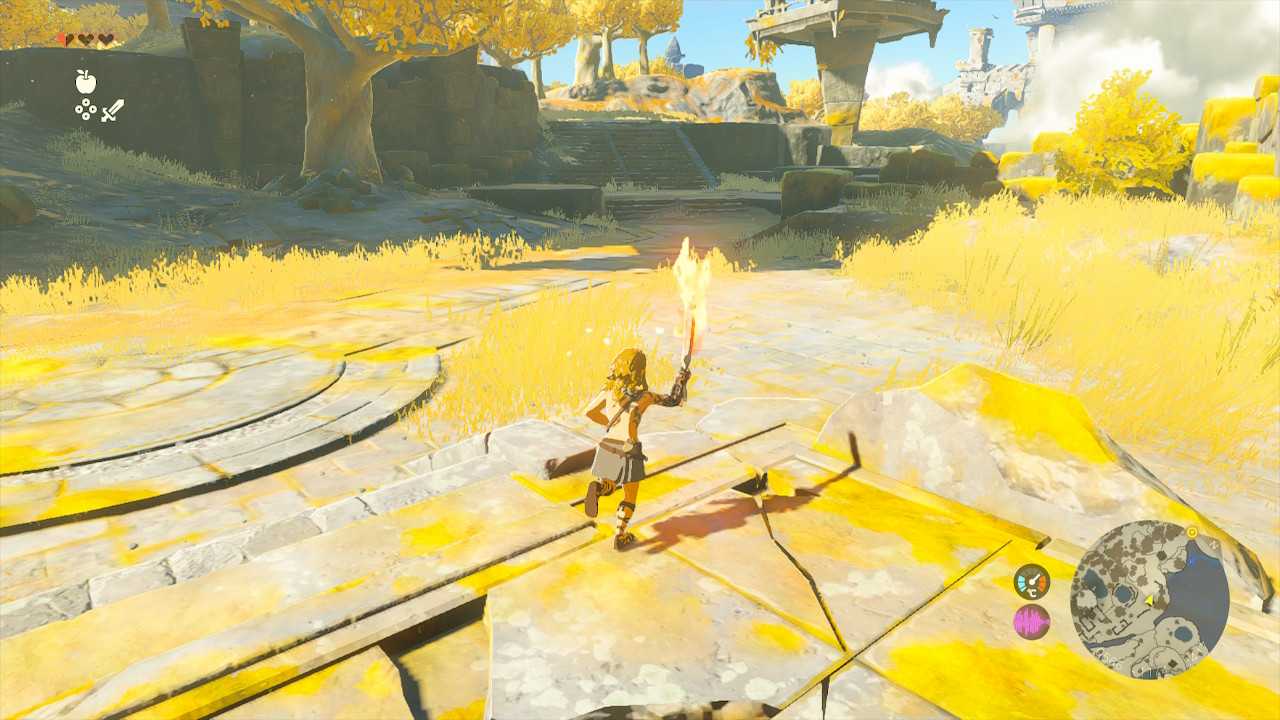
MacGyver step aside, tinkering is my art – Review The Legend of Zelda: Tears of the Kingdom
We have dedicated an entire guide to the Compositor, but we’ve never properly explored this mechanic from the point of view of scrutiny. Fusing the weapons in our possession with any material present on the ground, at any time, often has significant benefits in terms of gameplay. The first, if it needs to be specified, can already be seen in the magical instant in which we melt a branch and a boulder to create a hammer. However, it will not be the most resistant of the weapons obtainable, but certainly the offensive potential is an excellent method to circumvent the fragility of individual objects in the first hours of the game.
Based on what we are going to melt, then, it is possible to obtain unexpected effects. Combining the so-called Great Club with a similar one, for example, results in a gigantic two-handed mace with an unexpected bonus of resistance. Applying a very ordinary stalactite to a staff, however, can result in a freezing spear (which, for the sake of cinematic realism by Triple A standards, remains intact only at the lowest temperatures). Or, again, fuse an enemy’s eye to your arrows to build guided projectiles. The potential is enormous and, in case you change your mind, there are also methods to preserve the components, as we have seen in the guide.
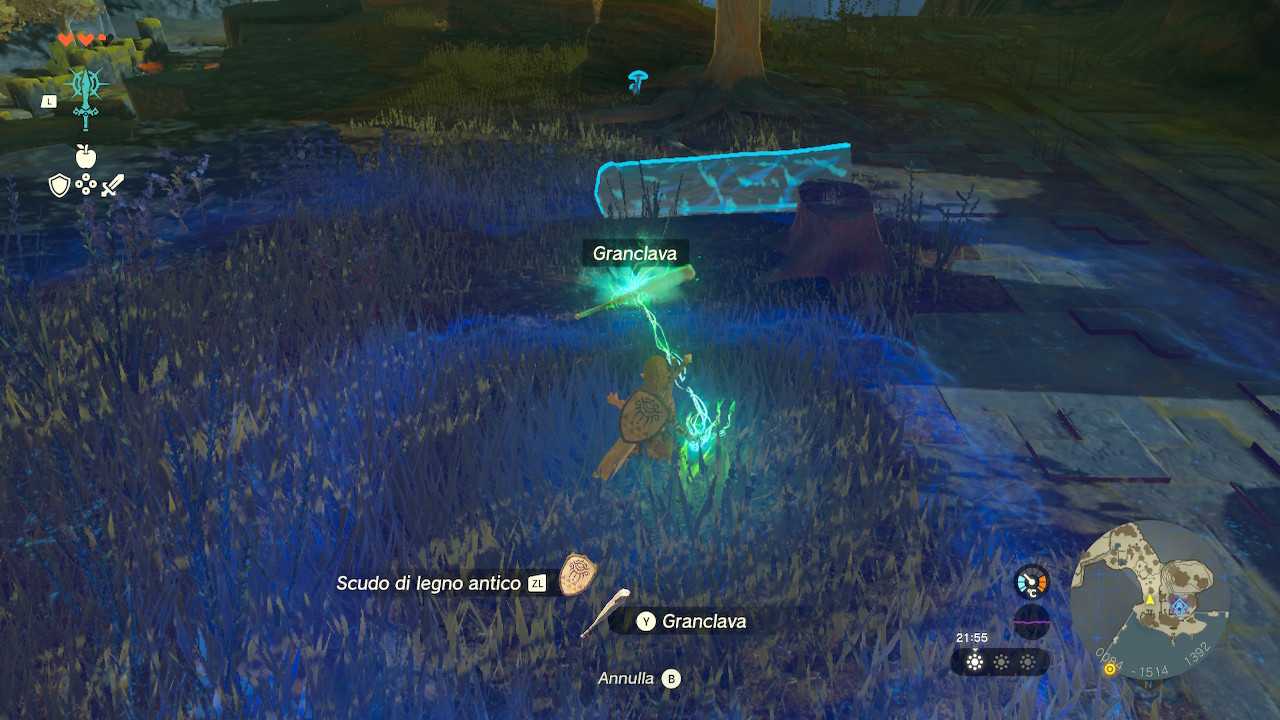
“Su, su, più in alto!” – Review The Legend of Zelda: Tears of the Kingdom
Another power introduced in the tutorial is theAscension, with which the range of exploratory options opens visibly. Jumping towards a sufficiently low ceiling, thus creating previously unthinkable shortcuts to temples and caves, is always a unique emotion (as well as being almost indispensable in some cases). Not only that: the dizzying verticality of level design, as we will see later when talking about the Celestial Islands, often proves to have been conceived with this power in mind. In fact, certain climbs require an almost excessive use of the new skill, leading the player to often think outside the box.
There are occasions when the level design in question, however, makes us understand that we have to do things in a certain order. Let’s be clear: it’s certainly not about the lying linearity of Pokémon Scarlet and Violet. Contrary to those games, here we have opposite a title much more open to sequence breaking, as evidenced by the first speedrunners gone from awakening Link to the final boss in an hour and a half. However, to give an example, the Topographic Towers (replacements of the Sheikah Towers seen in the predecessor) are often closed or unusable, leading us to postpone a premature opening of a certain section of the map.
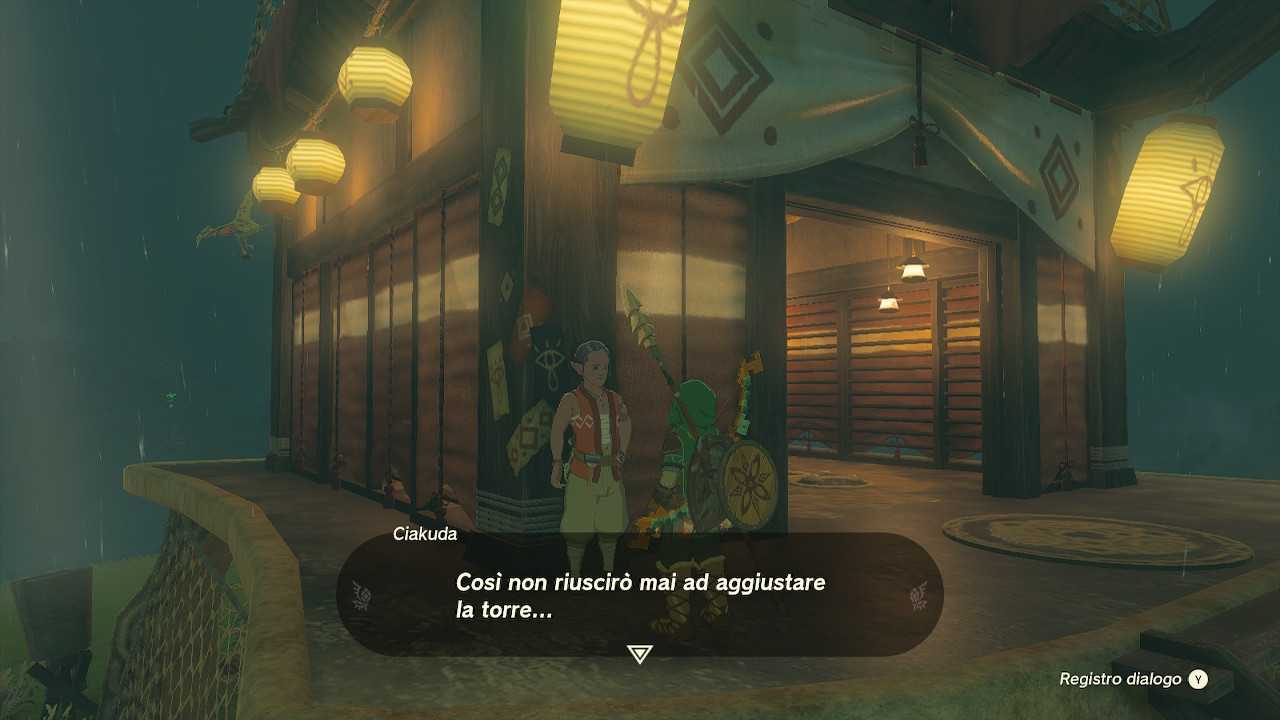
“But the train of wishes / in my thoughts goes backwards” – Review The Legend of Zelda: Tears of the Kingdom
The contrast between the kingdom of Hyrule and the Sky Isles archipelago above it winks at fans who loved Skyward Sword long ago, but instead of Cloud Solver we have a diametrically opposite approach: that of Reverto. This ability rewinds time for any object that isn’t anchored to the ground in some way. Its most obvious use is to transform the debris that has fallen from the sky into elevators to reach the points on the map from which they fell, but as the introductory puzzle demonstrates, there are other uses for this power as well. As we said, you need to really think outside the box this time.
You may have guessed a pattern: yes, the Celestial Islands are not limited to just the tutorial area. This is something much bigger, hand in hand with the greater ambition of the title. While Breath of the Wild “limited” itself to providing us with more options for playing with the physics of objects, as seen with the Stasys to give a random example, Tears of the Kingdom openly challenges our imagination like a new Scribblenauts. And there is a kind of poetry in seeing that similarly, after imagining the Celestial Origin Island as an additional area, a little observation leads us to understand that the sequel eclipses its predecessor to the point of make it look incomplete.
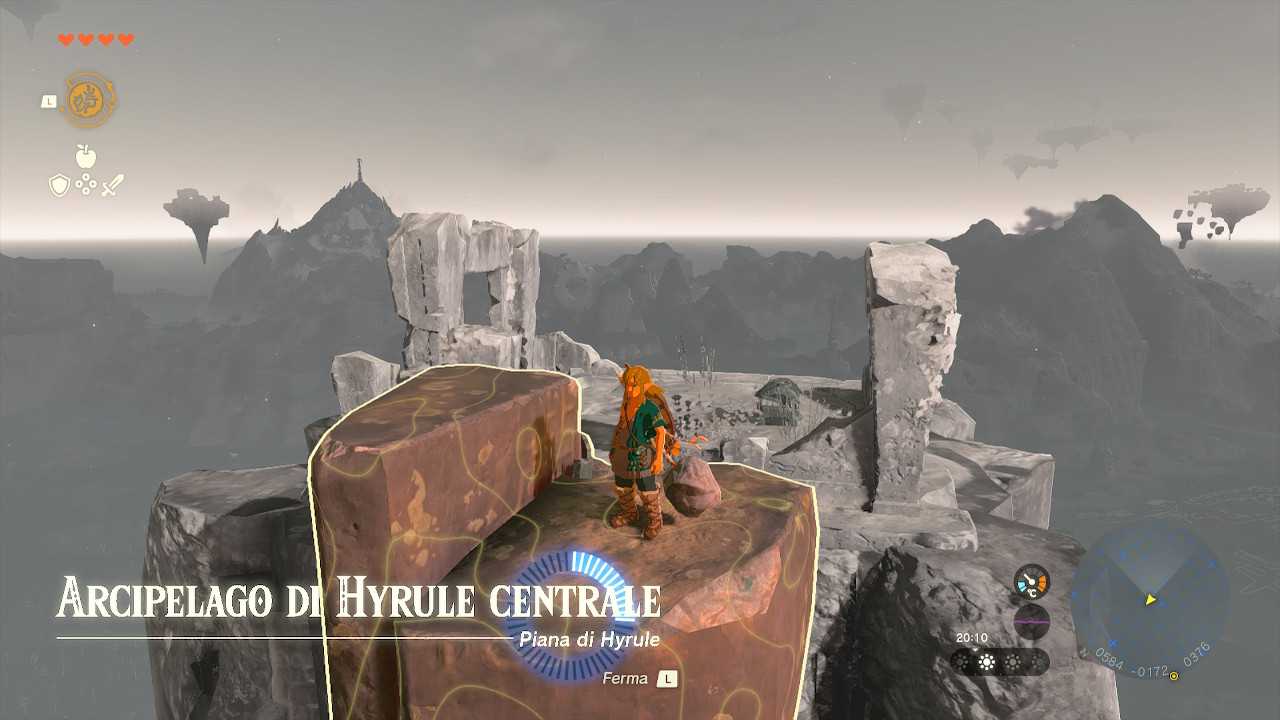
A long time ago, in a galaxy far, far away – The Legend of Zelda: Tears of the Kingdom review
Since we alluded to Rare’s duo in our introduction, the ability Ultramano seems to have reopened the case of Banjo-Kazooie: Screws and Bolts for Xbox 360, given the common mechanics between the games in terms of crazy constructions. We soon discover during the tutorial that it is possible to glue several objects together, and then be confronted with the potential for mobility of the same. Sure, some scenarios like Runakita’s Shrine also show the occasional overzealousness on the part of the development team. But the potential of this power is truly boundless. If you want proof, check out YouTube.
Initially the high versatility of the Ultraman rowed against the intuitiveness of the whole, but soon the exploitation of the skill was closely linked with the exploration of Hyrule, both in the skies and, as we will see shortly, underground. Once all the powers have been obtained, empty spaces to fill soon appear in the wheel menu: one of these is a complementary power to the Ultrahand, which definitively opens its metaphorical wings. Zonau gadgets have unlimited potential: learning how to exploit it makes the price to pay, which is a separate stamina bar, practically negligible.
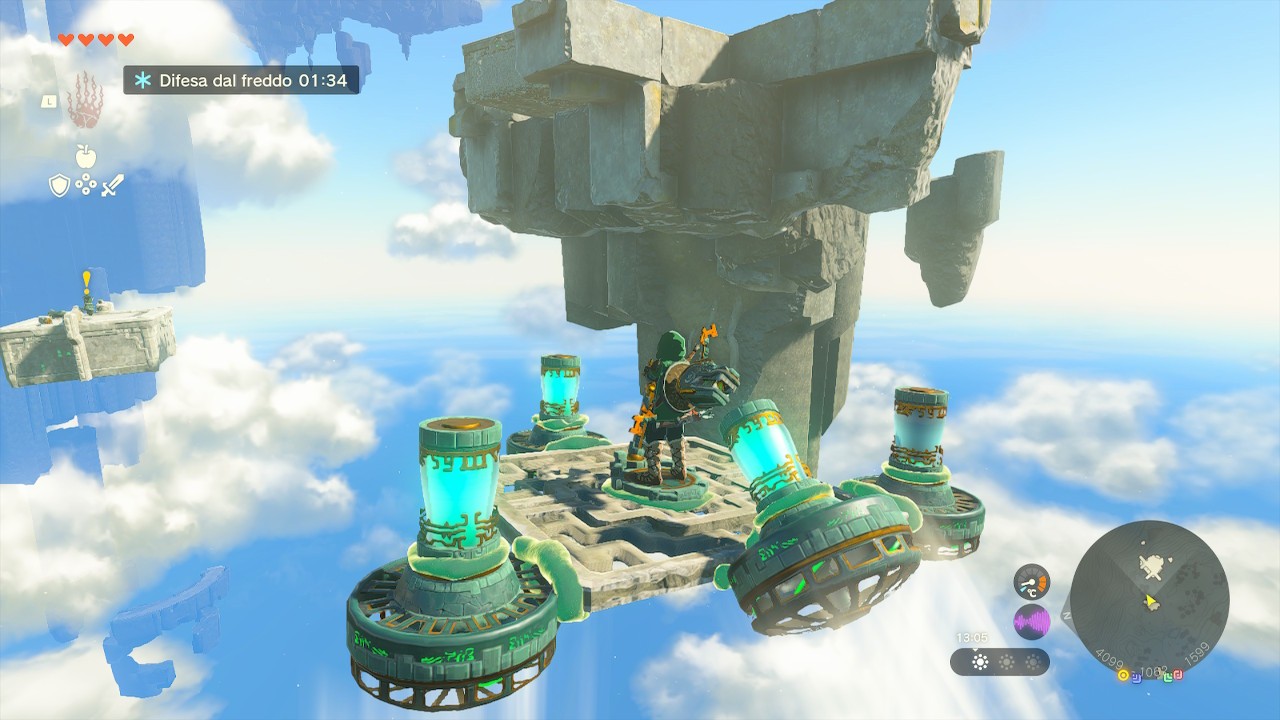
But the sky is always bluer – Review The Legend of Zelda: Tears of the Kingdom
Although the connections between them are fewer than the round trips to Hyrule, there are enough Sky Isles for us to define the Cielo a real open world apart. Of course there are also some Islands larger than others, it is true, but learning about the aerial archipelago proves vital as soon as the first uses of the Reverto also lead us to find shrines suspended in the air. In addition to them, of course, there are also points of interest where you can participate in secondary challenges, stock up on supplies and much, much more.
It is here, moreover, that the more extensive focus on the Zonau civilization, which good old Breath of the Wild had only vaguely alluded to. While hostile golems abound, there are also many others intent on operating as benevolent NPCs. The latter range from dispensers of advice to an access point for the challenges mentioned above, passing through those who help us by providing us with useful objects such as luminous seeds for exploring the caves. And in case anyone is still convinced of a delusional description like “full price DLC”, feel free to continue reading.
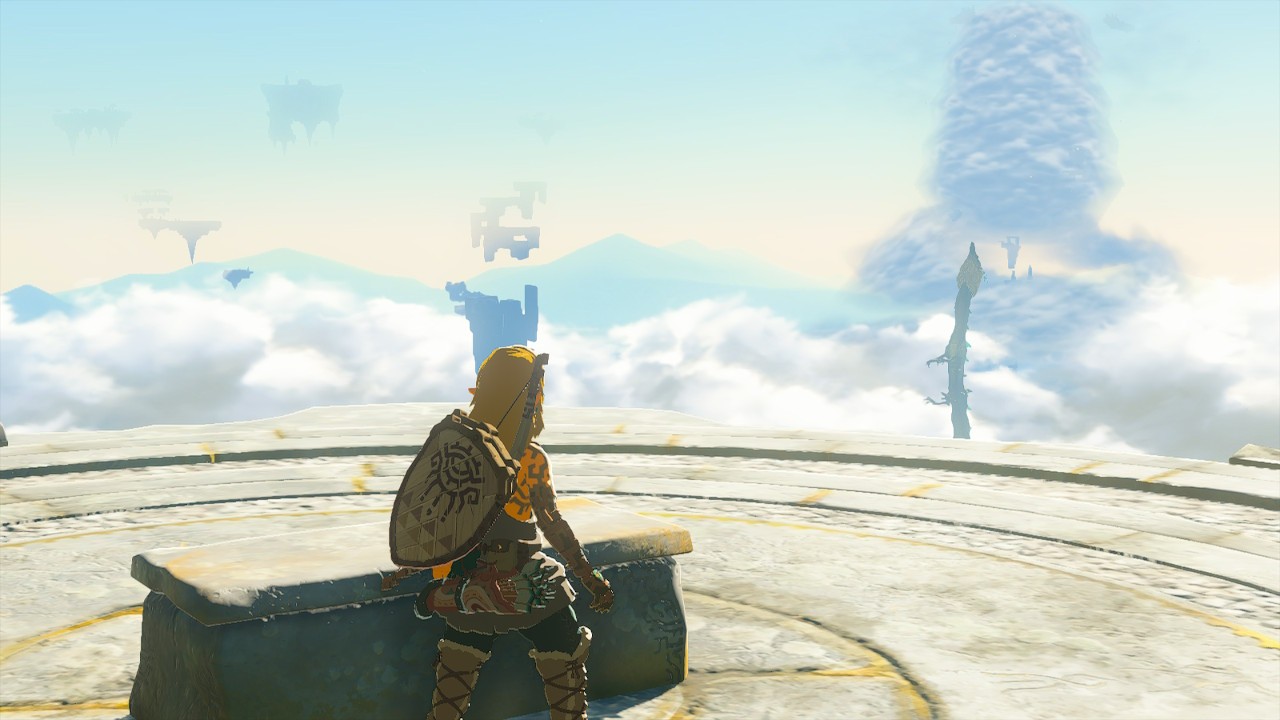
Underneath, the Underground tastes of Souls – Review The Legend of Zelda: Tears of the Kingdom
Imagine, for a moment, that you are convinced that the…







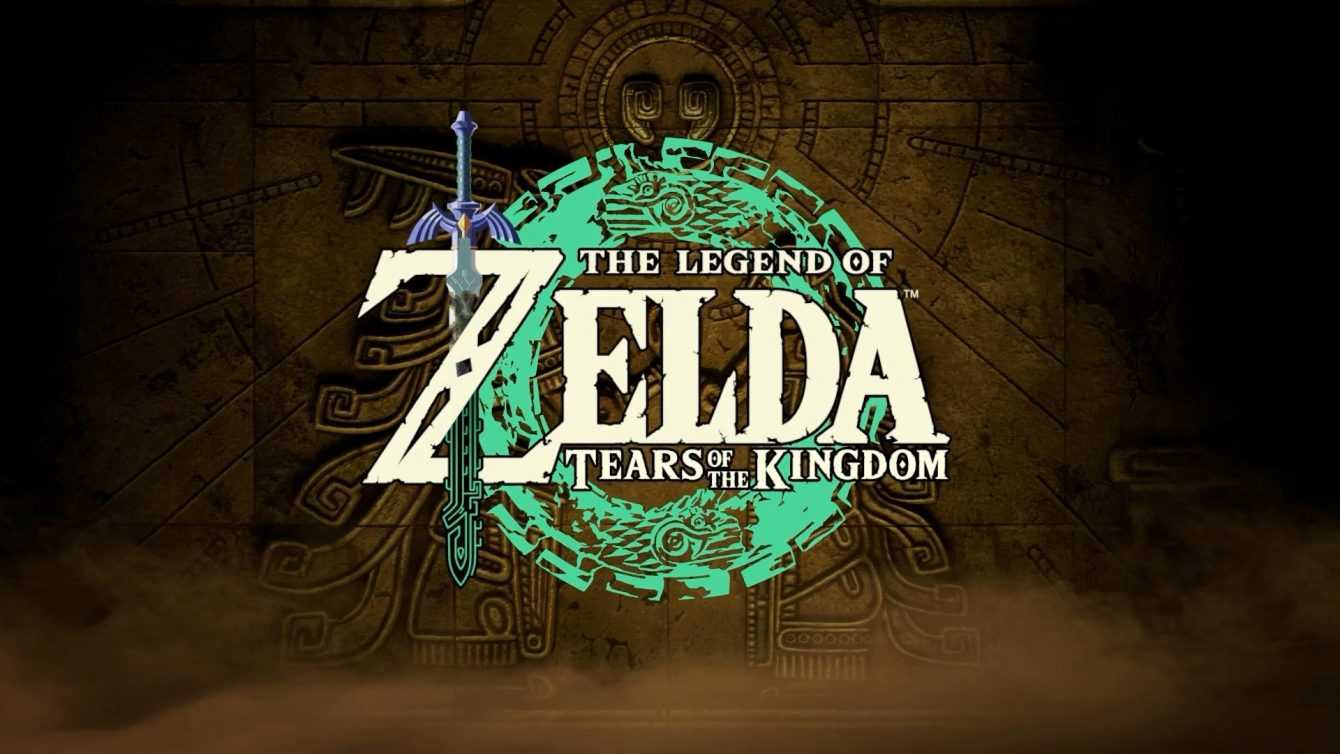




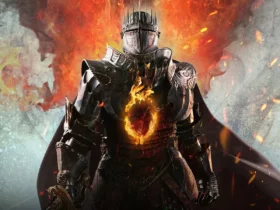


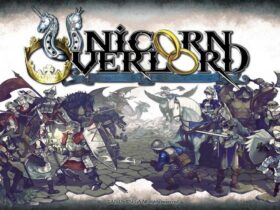
Leave a Reply
View Comments